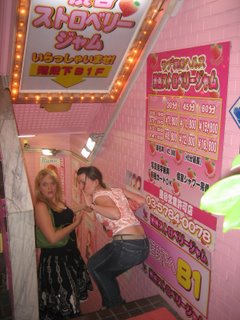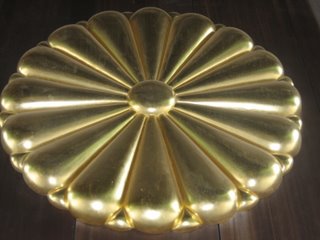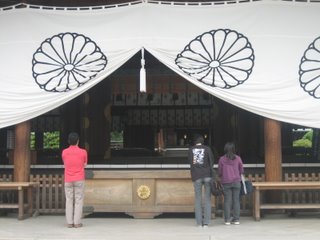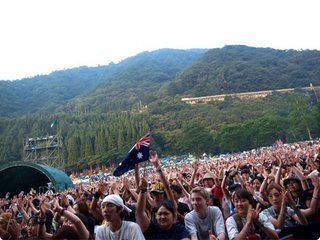
The Tokyo Metropolitan Central Wholesale Market, commonly known as Tsukiji fish market (Japanese: 築地市場, Tsukiji shijō) is the biggest wholesale fish and seafood market in the world and also one of the largest wholesale food markets of any kind.

It is said that "Uogashi" or a riverside fish market dates back to the 16th century, the beginning of the Edo period. Tokugawa Ieyasu, the first Tokugawa shogun and builder of Edo as is now Tokyo, invited fishermen from Tsukudajima, Osaka and gave them a privilege for fishing in order to let them supply seafood to Edo Castle. The fishermen purveyed fish to the Castle and sold the remains near the Nihonbashi bridge. It was the origin of Uogashi.

Then, to meet the growing demand for fish with the increase in population, Nihonbashi Uogashi was reformed and developed into a market. The market was lead by wholesale merchants licensed by the Shogunate who bought fish from local ports, sold them to jobbers in the market and thus built up a large fortune, forming their own distributing network. Vegetables markets handling vegetables gathered in the suburbs of Edo were established in Kanda, Senju and Komagome: the Edo's three big vegetable markets.

The markets attained prosperity led by wholesalers and jobbers like fish markets. During the Edo period the market price was determined chiefly by negotiated transactions between sellers and buyers. Public auction was hardly taken place except in vegetable markets. In the Meiji and Taisho eras, the privilege of wholesale merchants were abolished.

In 1923 some 20 private markets in Tokyo were destroyed almost completely by the Great Kanto Earthquake. After the earthquake, Tokyo City as it then was undertook to construct a central wholesale market on the bases of the Central Wholesale Market Law which had been promulgated in the same year. As a result, the three markets of Tsukiji, Kanda and Koto were founded and the growing population then led to a succession of new markets.





You can also grab some great sashimi and sushi for breakfast around the area as well. Yummy!!!




























 THE PALACE OF WONDER・vegasinMILK
THE PALACE OF WONDER・vegasinMILK






















